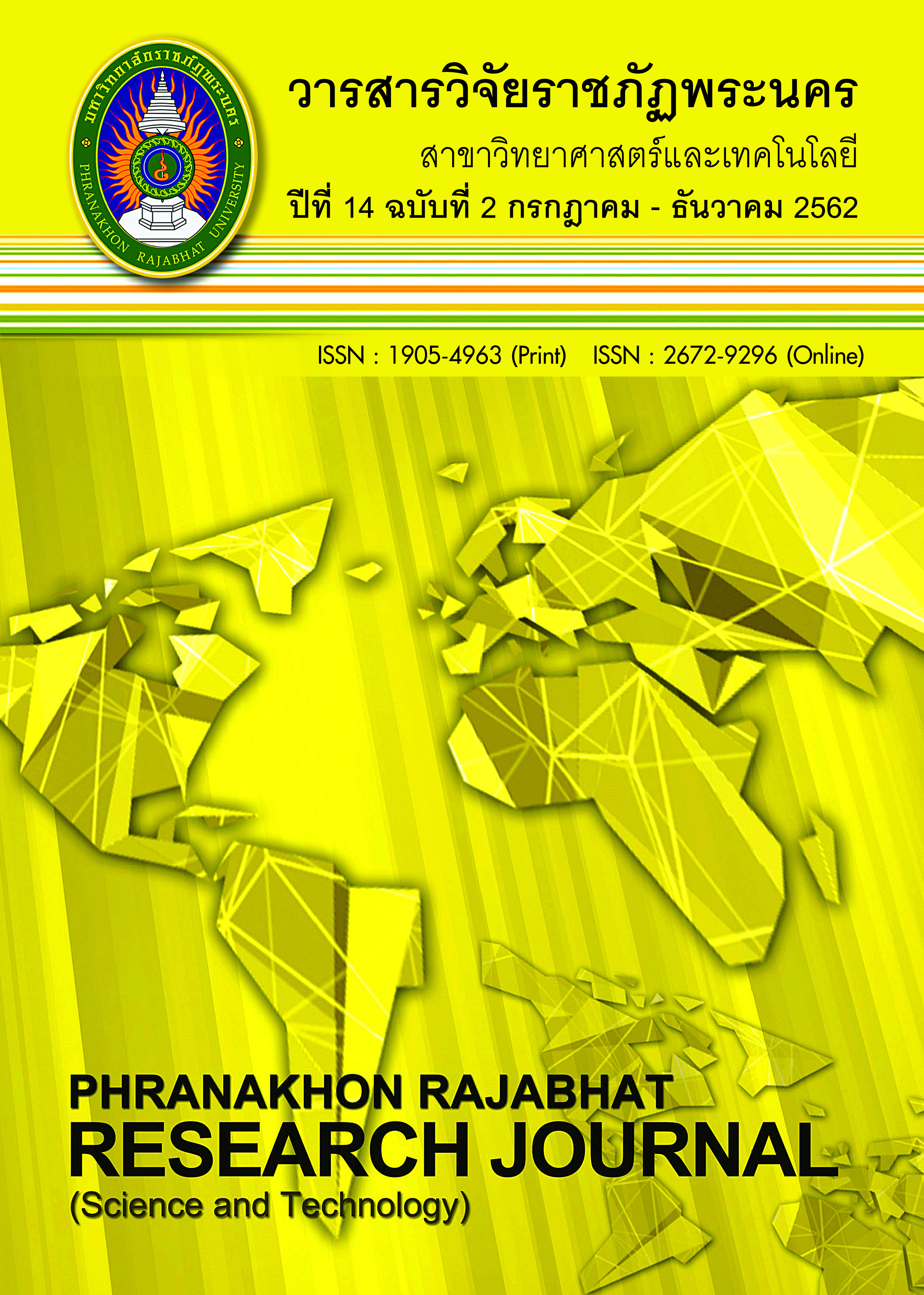THE EFFECT OF INTERIOR ENVIRONMENT ON VISUAL PERFORMANCE AND PREFERENCE OF THAI OFFICE WORKER IN OFFICE BUILDING
Keywords:
Office building, Artificial light, Task performance, HealthAbstract
Nowadays, the used of artificial lighting in office buildings have the potential to visual task performance and visual preference. Most Thai office buildings use artificial light that is not enough and inappropriate for visual task performance and visual preference. The architectural features and the composition of the various parts in the space is an important factor that can affect employee productivity. This study’s objective was the effect of artificial light on visual task performance and visual preference in Thai office worker. There are nine factors investigated which are room shape, wall color, furniture arrangement, daylighting technique, luminaire types, the type of lamp, color of light, colour rendering index (CRI), and outdoor views. The result of studies can conclude the characteristic of lighting condition which suitable for visual task performance and visual preference of Thai office worker. Seven offices were surveyed as case studies. Visual task performance and visual preference were explored from Thai office workers. The results of the study have summarized the characteristics of lighting conditions that are appropriate for the visual task performance and visual preference complacency in the office building.
References
Berlyne, D. E. (1971). Aesthetics and Psychobiology. New York: Appleton-Century-Crofts.
Bechtel, R. B., Marans, R. W., & Michelson, W. (Eds.). (1987). Methods in environmental and behavioral research. New York, NY, US: Van Nostrand Reinhold Co.
Boyce, P.R., Eklund, N., Mangum, S., Saalfield, C. and Tang, L. (1995) Minimum acceptable transmittance of glazing, Lighting Res.Technol., 27, 145-152.
Davis, R.G. and A. Garza. 2002. Task Lighting for the Elderly. Journal of the Illuminating Engineering Society 31 (1), 20-32.
Fabio D., Palazzeschi A., L., and Bucci O. (2017). In an unpredictable and changing environment: intrapreneurial self-capital as a key resource for life satisfaction and flourishing. Front. Psychol. 8:1819. DOI: 10.3389/fpsyg.2017.01819
Fotios, S. and C. Cheal. (2007). Lighting for Subsidiary Streets: Investigation of Lamps of Different SPD: Part 2-Brightness. Lighting Research & Technology 39 (3), 233-252.
Fotios. S., C. Cheal. And PR. Boyce. (2005). Light Source Spectrum, Brightness Perception and Visual Performance in Pedestrian Environment: A Review Lighting Research & Technology. 37,4.
IESNA. (2011). The IES Lighting Handbook (10th Edition): Reference and Application. New York: IESNA.
Marquardt, C. J. G., Veitch, J. A., & Charles, K. E. (2002). Environmental Satisfaction with OpenPlan Office Furniture Design and Layout : National Research Council Canada.
Nenonen et al. (2012). Designing Business Models for Value Co-Creation. Review of Marketing Research 9:51-78 · June 2012. DOI: 10.1108/S1548-6435(2012)0000009007
Ruan Saiyod and Aungkana Saiyod. (2540). Statistics in Research. Bangkok: Suweeriyasan. (in Thai) Illuminating Engineering Association Thailand. (2546). TIEA-GD003. The recommended of illumination of the building. Bangkok (in Thai)
Veitch, Charles, Farley and Newsham. (2007). A model of satisfaction with open-plan office condi-tions: COPE field findings. Journal of Environmental Psychology, 27(3), 177-189. https://doi.org/10.1016/j.jenvp.2007.04.002
Yamagishi, M., Kawasaki, F., Yamaba, K. and Nagata, M. (2006). Legibility under reading lights using white LED. Gerontechnology, 5(4), 31-236.
Veitch, J. A., Charles, K. E., Farley,K. M., & Newsham, G. R. (2007). A model of satisfaction with open-plan oce condi-tions: COPE eld indings. Journal of Environmental Psycholo-gy, 27(3), 177-189.
Zhe Kong, Michael Utzinger, Kara Freihoefer and Troy Steege. (2018). The impact of interior design on visual discomfort reduction: A field study integrating lighting environments with POE survey. Building and Environment 138 · April 2018.
DOI: 10.1016/j.buildenv.2018.04.025
Downloads
Published
Issue
Section
License
โปรดกรอกเอกสารและลงนาม "หนังสือรับรองให้ตีพิมพ์บทความในวารสารวิจัยมหาวิทยาลัยราชภัฏพระนคร สาขาวิทยาศาสตร์และเทคโนโลยี" ก่อนการตีพิมพ์



